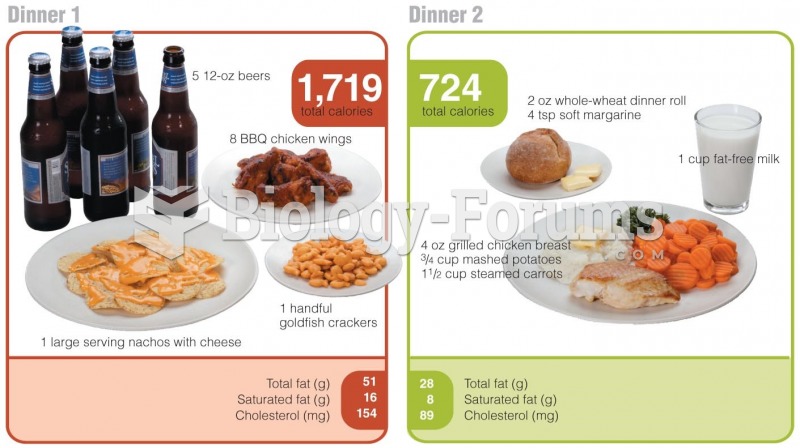|
|
|
Human neurons are so small that they require a microscope in order to be seen. However, some neurons can be up to 3 feet long, such as those that extend from the spinal cord to the toes.
Immunoglobulin injections may give short-term protection against, or reduce severity of certain diseases. They help people who have an inherited problem making their own antibodies, or those who are having certain types of cancer treatments.
Certain topical medications such as clotrimazole and betamethasone are not approved for use in children younger than 12 years of age. They must be used very cautiously, as directed by a doctor, to treat any child. Children have a much greater response to topical steroid medications.
Oliver Wendell Holmes is credited with introducing the words "anesthesia" and "anesthetic" into the English language in 1846.
People with high total cholesterol have about two times the risk for heart disease as people with ideal levels.
 In a developmental systems approach, the emergence of social smiling at 6 to 8 weeks of age is not ...
In a developmental systems approach, the emergence of social smiling at 6 to 8 weeks of age is not ...
 Checking the voltage drop between the TP sensor ground and a good engine ground with the ignition ...
Checking the voltage drop between the TP sensor ground and a good engine ground with the ignition ...





